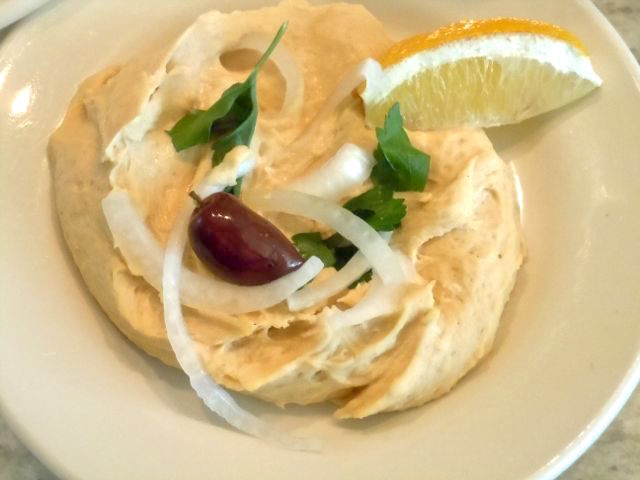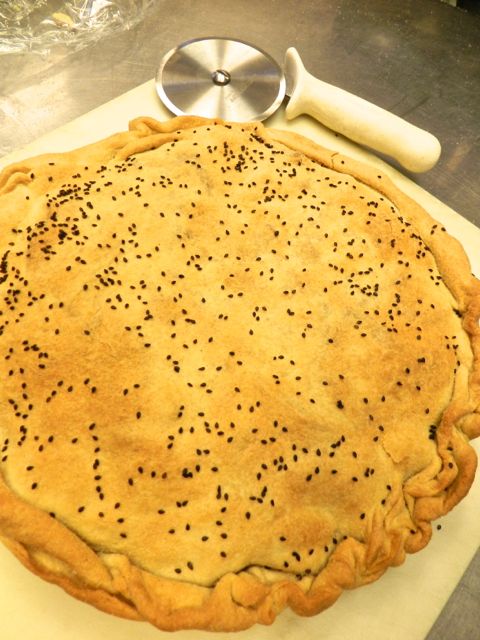FAB GREEK FAVA

Neolithic man knew of fava and cultivated it in the Eastern Mediterranean Basin circa 6,500 BC. By the Bronze age, the easy growing protein rich and cold resistant plant had made its way across Europe and northern Africa. By the Medieval Age, fava, protein rich (32% RDA for iron, 42% RDA for folate, a good source of thiamine, vitamin K, B-6, potassium, selenium, zinc and magnesium), was the dietary staple of the masses across what is today, Europe.
